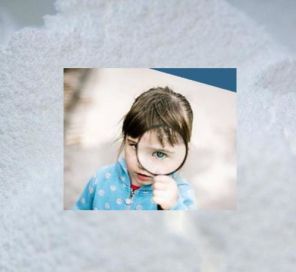When teaching about safety in child development, it’s important to discuss mystery substances that may or may not be toxic, but look like a variety of possibilities. The Child Safety: Mystery Powder Identification is a quick little activity where students observe substances via pictures and try to identify the substance. Not as easy as you might think! Read on to see how this works…
The Child Safety: Mystery Powder Identification is a quick little activity where students observe substances via pictures and try to identify the substance. Not as easy as you might think! Read on to see how this works…
Set
- Begin by asking students if they’ve ever seen a candy that looked like medicine or some other poisonous substance? If so, ask them to share. If you get no responses, you could always share this article and infographic titled, “10 Types of Pills that Look Like Candy” or play the game Pills vs Candy to show them examples.
- Share that there are often substances around the home that look alike; some toxic, some not. Let’s call them mystery powders and see if you can identify what they really are just by looking at them.
Materials
- iPads or Laptops
- Projector & Screen
- Color Prints of Mystery Powders (optional)
Activities
- First decide how you will do this activity. There are a couple of options:
- One way is to print our the examples in color on cardstock and laminate so you can preserve them and use them from year to year. Lay the pictures out around your room like a gallery walk. Students can letter their papers, circulate and make their guesses.
- The way this was originally set up was in Jamboard which I’ll link, but I know this platform will be going away soon…so use it while you can!
- Once students have completed their answers/guesses, go over each one. If you want the key to this activity, please email me (kim@familyconsumersciences.com) or message me in Facebook and I will send them to you. It has come to my attention that too many students are actually coming to this site to look up answers 🙁
- After going over the answers, you could have students brainstorm and see if they can add any additional white powders to the mystery panel.
- Conclude by discussing why it’s so important to not only securely keep these types of items in a safe place, but also to label them correctly.
Attachments
- Mystery Powder Identification Images for Gallery Walk (PDF)
- Jamboard Copy of Mystery Powder Identification

